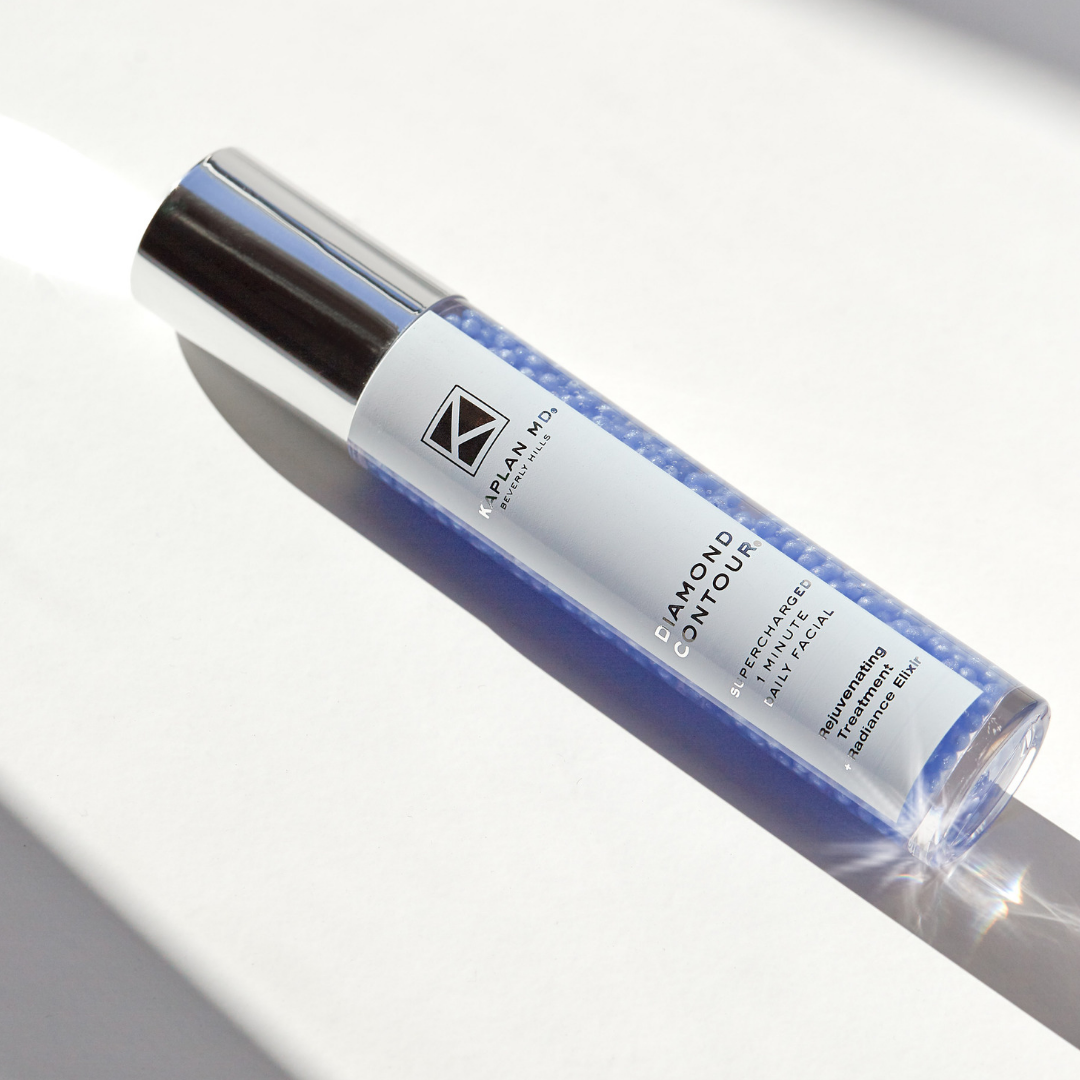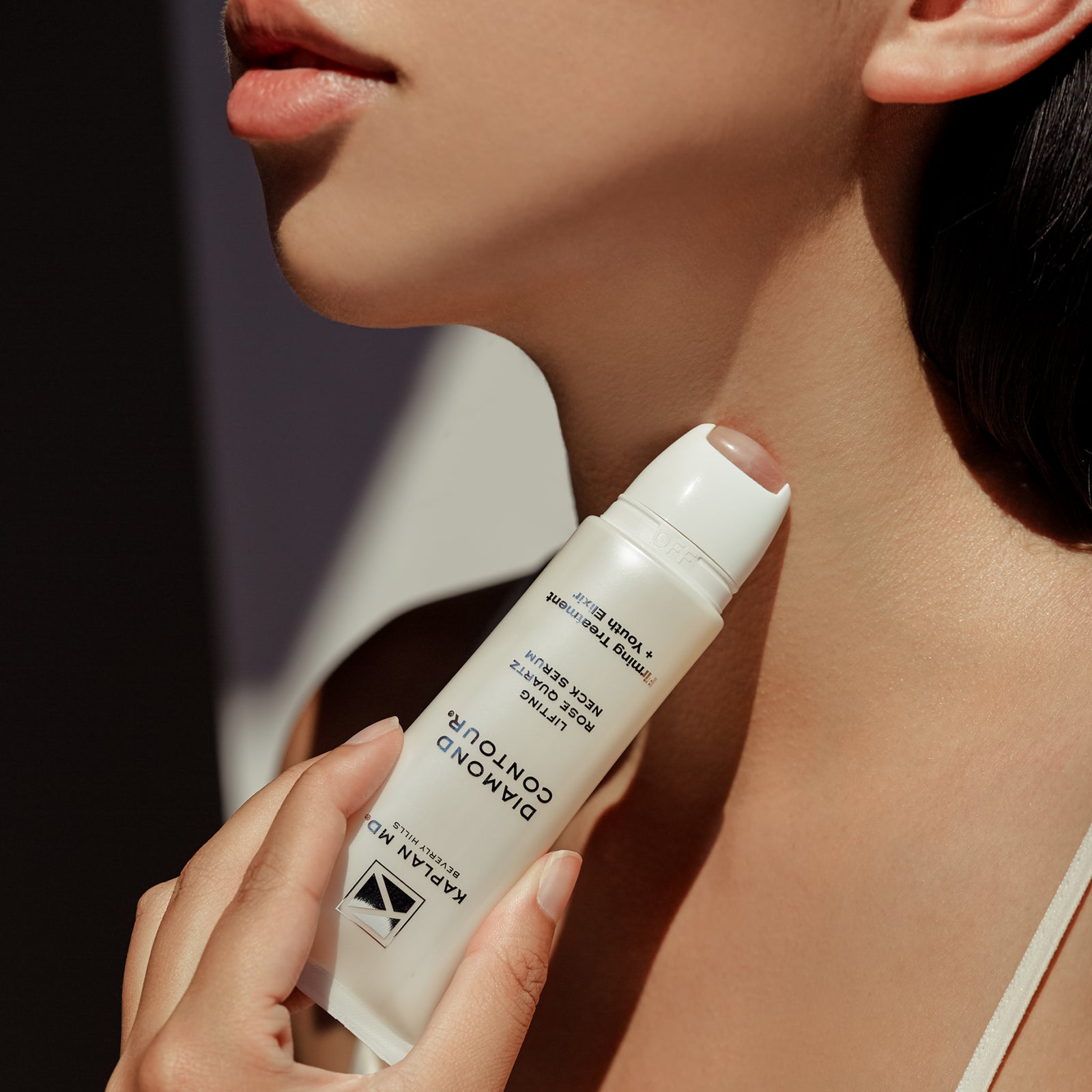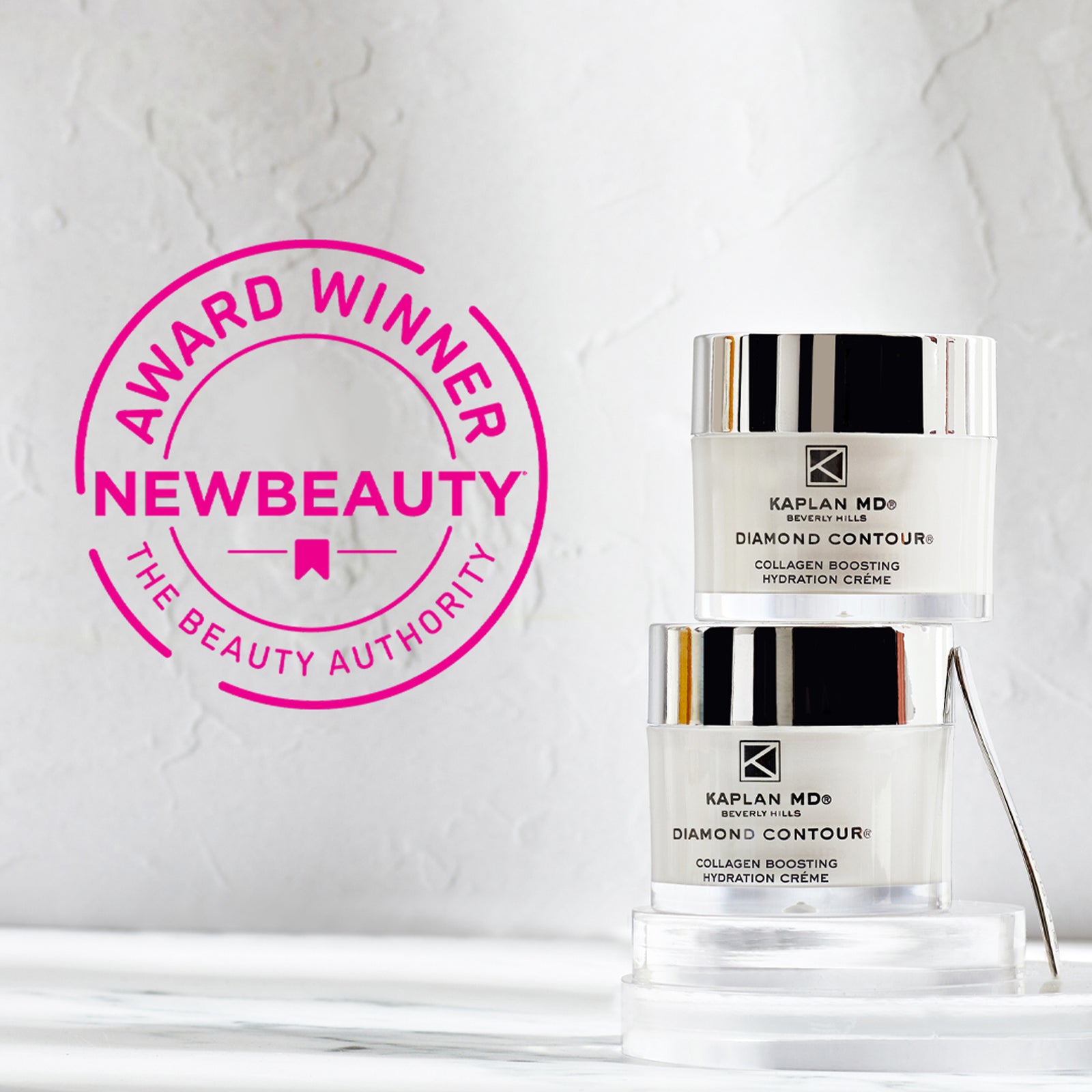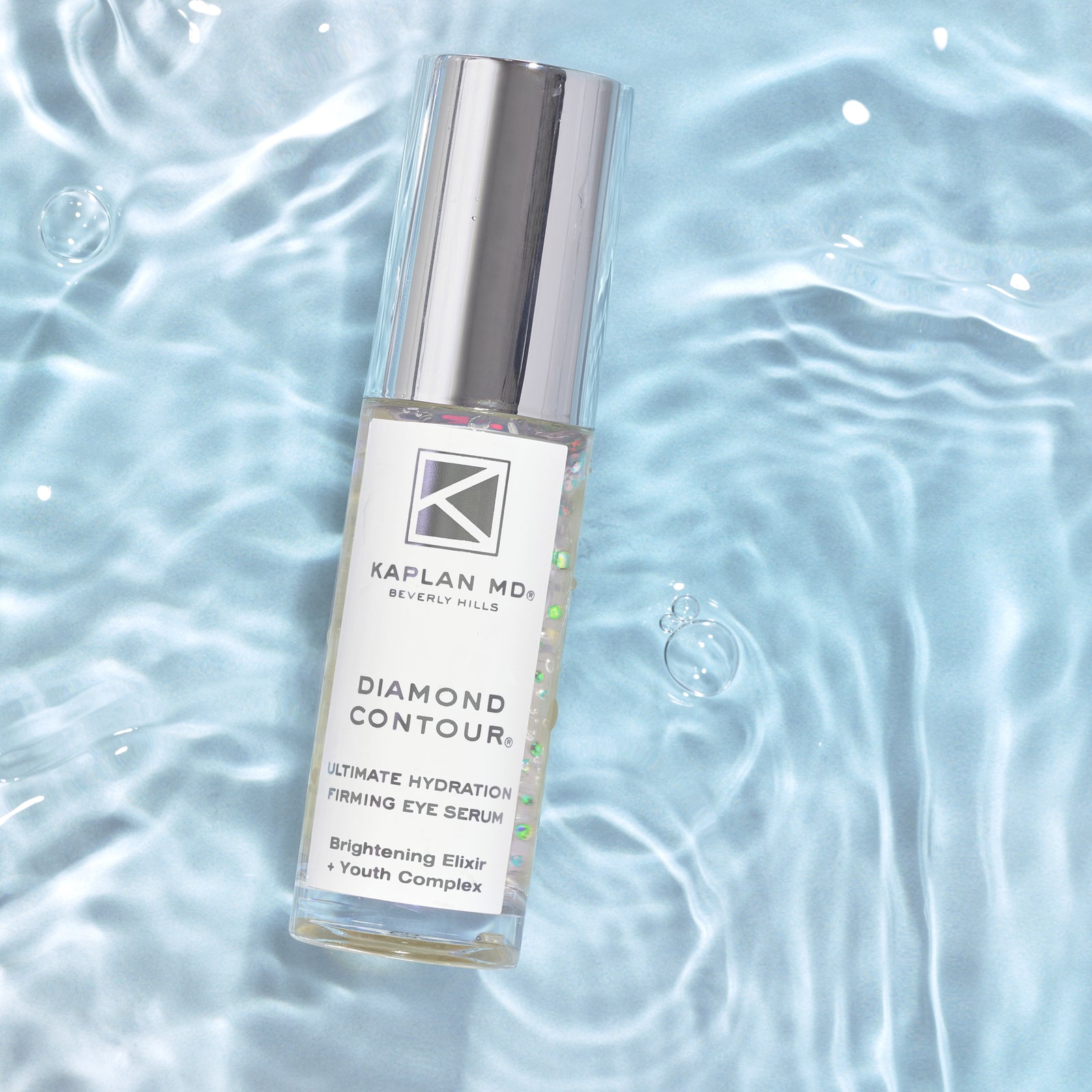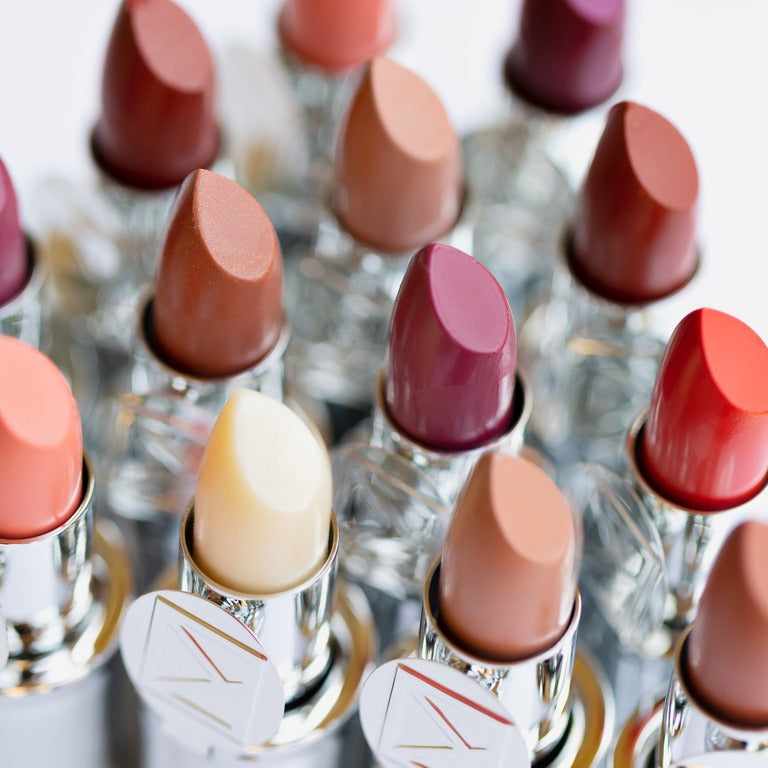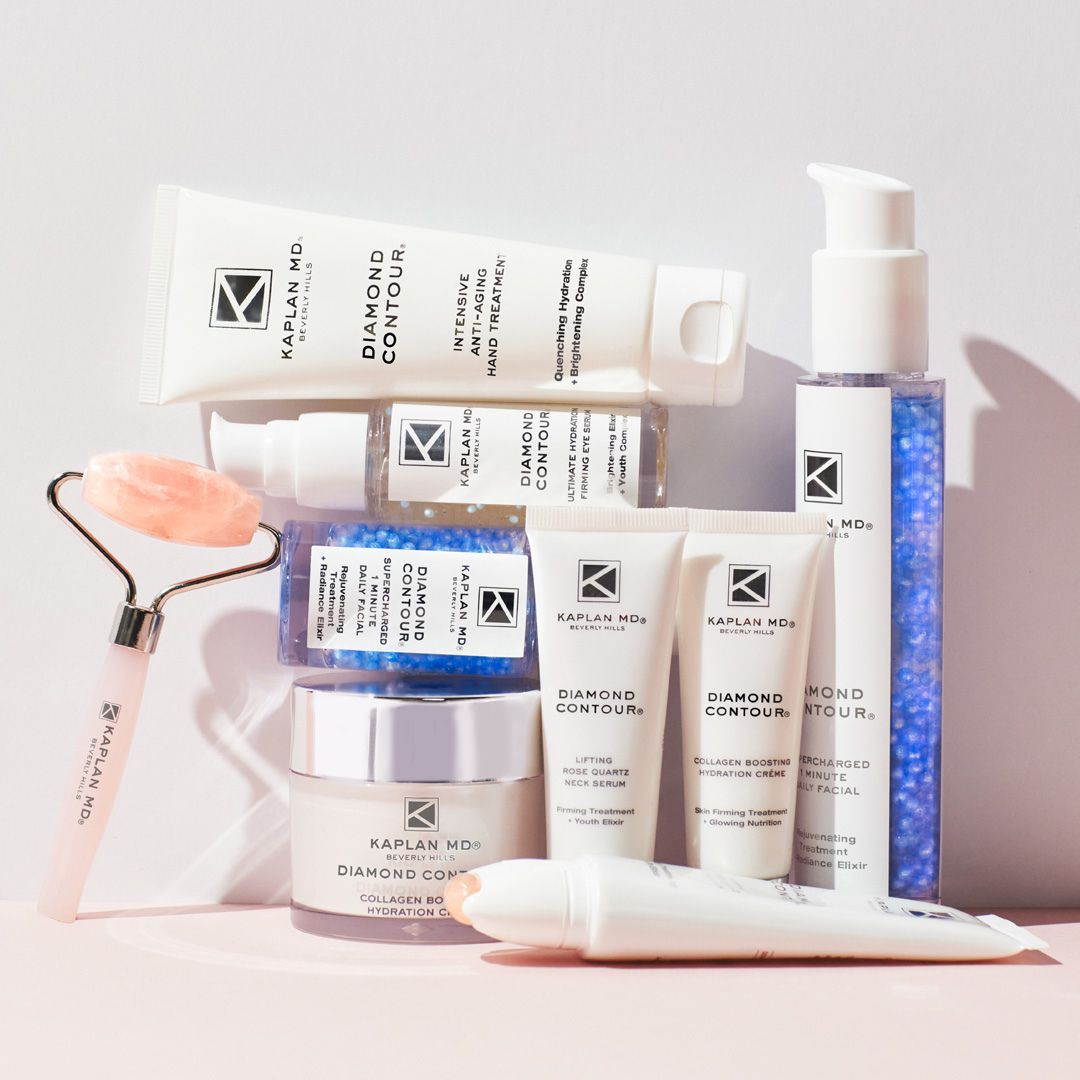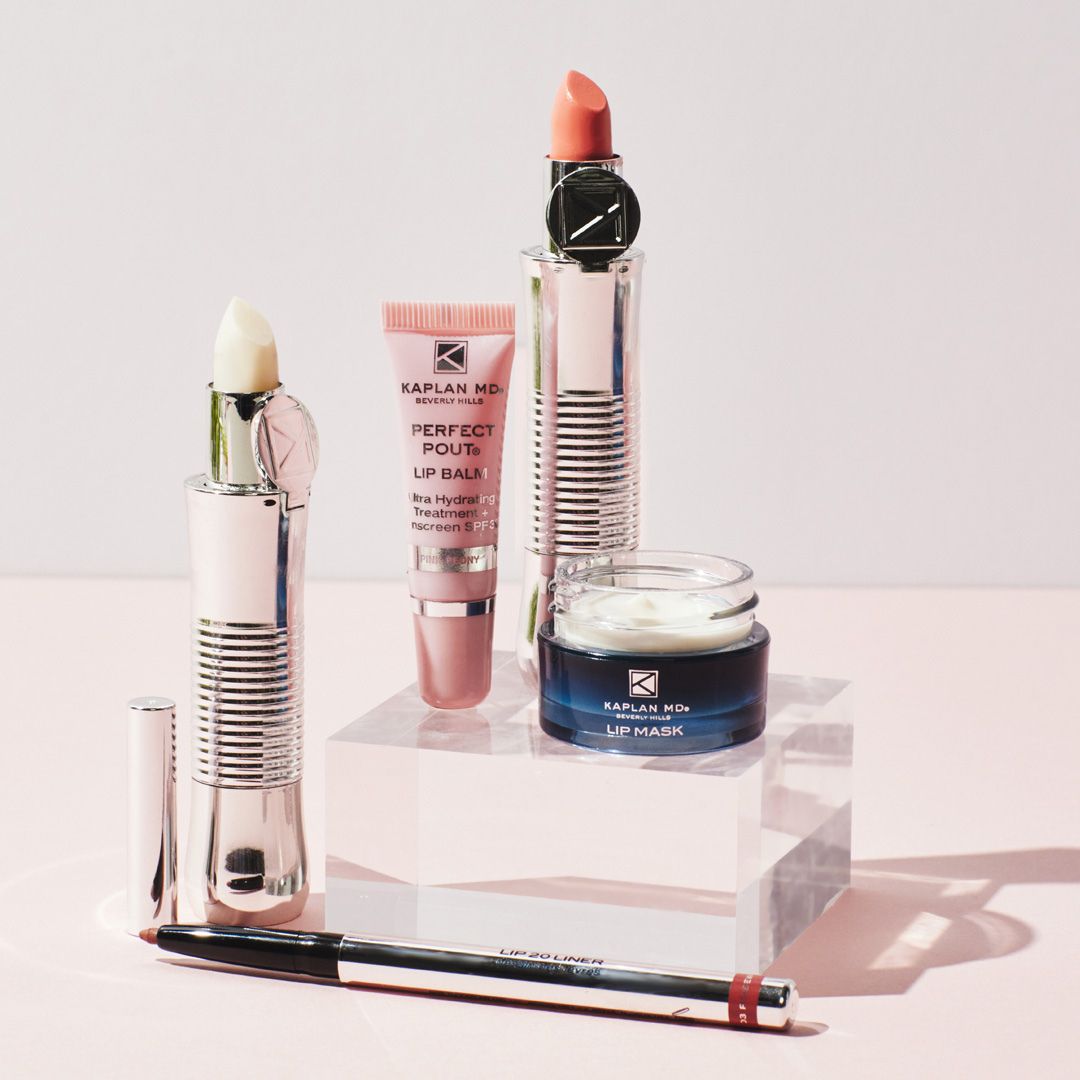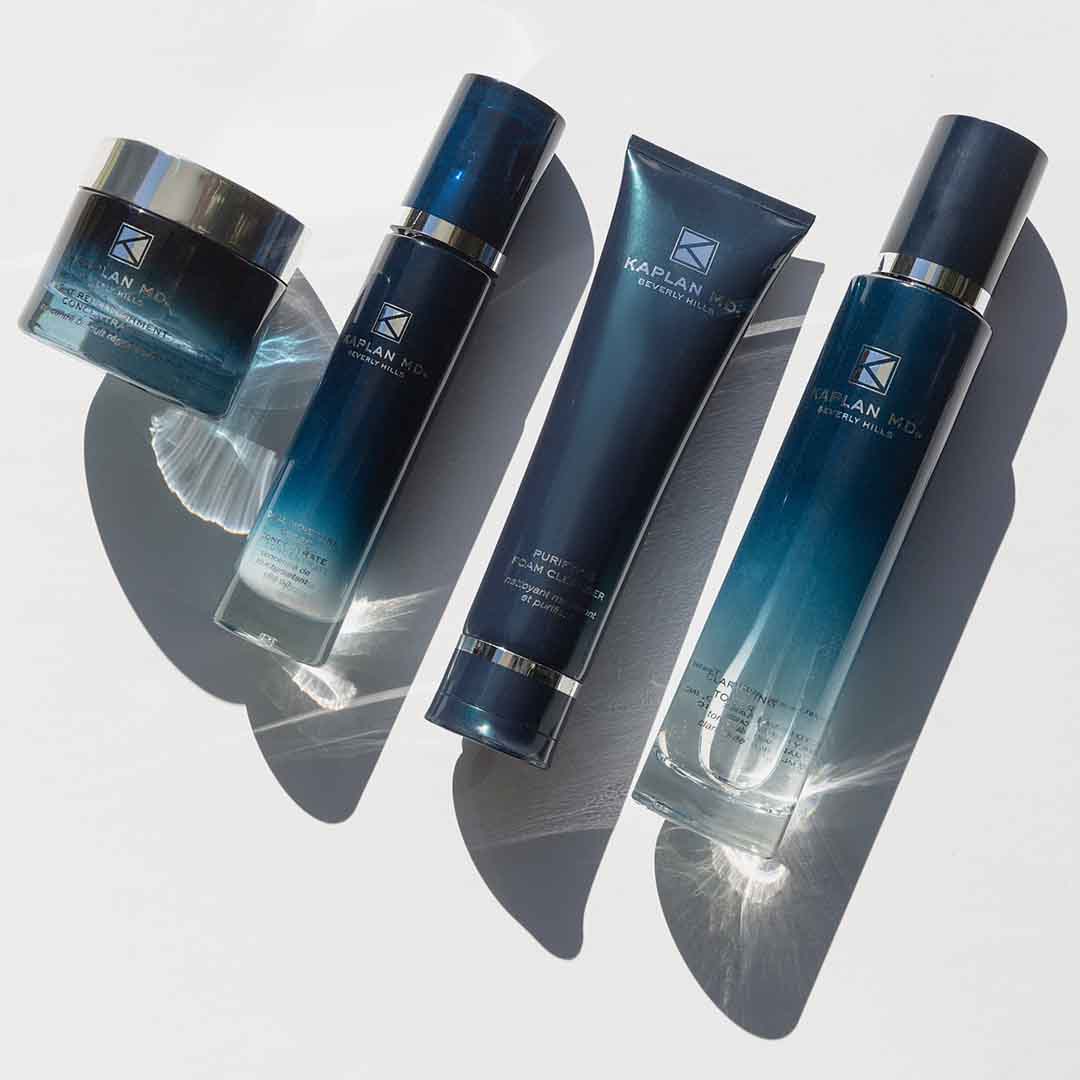Bestsellers
Collections
The Correct Way To Treat Under-the-Skin Pimples
June 19, 2017 3 min read
Blame Dr. Pimple Popper's addictively gross videos or just our endless fascination with lumps and bumps — the fact is, we’re more into diagnosing and dissecting our blemishes than ever. The under-the-skin pimple (or a sebaceous cyst) is one type of bump getting a lot of buzz in all those cringe-worthy social media videos. But what exactly are those suckers?
What Are Under The Skin Pimples?
“A sebaceous cyst is a dome-shaped bump on the skin that sometimes has a dark colored opening on the top,” Erin Gilbert, M.D., Ph.D., celebrity skin expert, tells Allure. “Sebaceous cysts form when components of the skin, like keratin and oil, that should be normally shedding get trapped under the skin.” True sebaceous cysts spring from sebaceous glands and contain sebum (a waxy substance produced in your pores) but a lot of times the term is used to refer to cysts that come from your skin’s surface or your hair follicles, Sejal Shah, a board-certified dermatologist in New York City, tells Allure. “Usually they are painless, relatively firm, mobile bumps.”
How To Treat Under The Skin Pimples
What makes a sebaceous cyst different from a regular old pimple is that they’re trapped underneath the skin — in other words, you can’t pop ‘em. “They do not have a connection to the skin surface, so picking at it will cause more problems than good,” Joshua Zeichner, M.D., director of cosmetic and clinical research in dermatology at Mount Sinai Hospital in New York City, tells Allure. Just like in all those pimple popping videos, the only way to truly get them out is to head to your derm’s office for a professional extraction — trying to poke at it yourself could lead to an infection, adds Shah.
What is Hydrocortisone?
Hydrocortisone is a steroid medication that treats inflammation in the body. When applied topically using a cream, it works to reduce redness, itchiness, and the overall discomfort that accompanies skin conditions such as eczema, dermatitis, acne, rashes, and insect bites, amongst other inflammatory skin conditions.
Does Hydrocortisone Cream Help Acne?
There some things you can do to treat a sebaceous cyst at home. Zeichner recommends a regimen of familiar acne fighters. “I generally recommend combining salicylic acid with benzoyl peroxide and over-the-counter 1% hydrocortisone cream,” he says. “Benzoyl peroxide kills acne-causing bacteria, while salicylic acid hits dead cells from the surface of the skin and absorbs excess oil. Finally, hydrocortisone cream helps reduce inflammation.” Whatever you do, just don’t try to perform your own pimple popper extraction—watching those can’t-look-away cyst removals on repeat doesn’t exactly measure up to your derm’s skills.
How Does Hydrocortisone Treat Under the Skin Pimples?
Topical hydrocortisone cream can effectively reduce the swelling, redness, and discomfort associated with stubborn, under the skin pimples. Generally, hydrocortisone cream is applied directly to an active pimple, where it reduces the overall inflammation of the blemish. Topical treatments are available through a prescription, or readily available over the counter.
Does Hydrocortisone Help Cystic Acne?
Hydrocortisone cream works effectively to combat acne when it’s combined with other treatments, namely Benzoyl Peroxide. When combined, hydrocortisone works to reduce inflammation and redness by calming the site of the breakout, while the Benzoyl Peroxide works to reduce acne-causing bacteria. Benzoyl Peroxide can be quite drying and cause irritation, so by combining it with Hydrocortisone, it helps to alleviate some of that redness and irritation.
Cystic acne is a more severe form of acne. It manifests deep underneath the skin, appearing as red, hard, tender bumps and pus-filled cysts. Because inflammation is a key aspect of cystic acne, hydrocortisone cream can help calm the redness and irritation superficially. While hydrocortisone can usually make this type of acne appear less red and swollen, it’s a temporary, cosmetic fix, rather than a long-term solution.
Those suffering from cystic acne should seek the advice of their dermatologist to be prescribed the correct treatment to alleviate this skin condition. When Hydrocortisone is applied to cystic and nodular acne, the cream works to temporarily reduce the appearance and discomfort that comes with these pimples – which means you’ll be a step closer to healthier and less painful skin.
How Do I Add Hydrocortisone to My Skincare Routine?
Hydrocortisone cream can be incorporated into your daily skincare routine both in the morning and evening. Hydrocortisone cream should be applied after cleansing and toning the skin and applied directly to the affected areas. Once the cream has had a chance to fully absorb into the skin, use your moisturizer to further soothe the skin.
With excerpts from Allure
Also in Beauty News & Tips
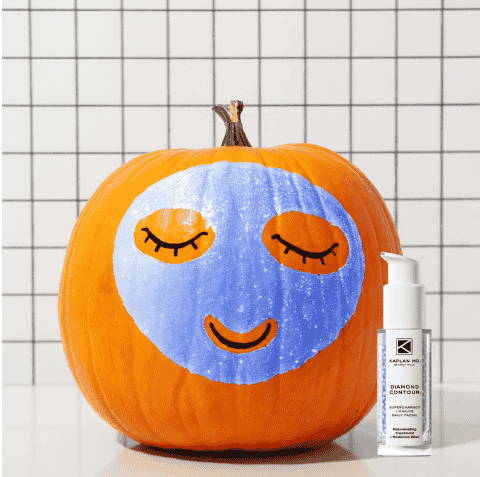
No Tricks, Just Treatments: Fall Skincare That Works Like Magic
November 06, 2025 2 min read
Read MoreGet 15% Off Your First Purchase
Stay in the loop with exclusive discounts, expert skincare tips, the latest news, and more. Don't miss out on the opportunity to elevate your skincare routine and save on your favorite products.

